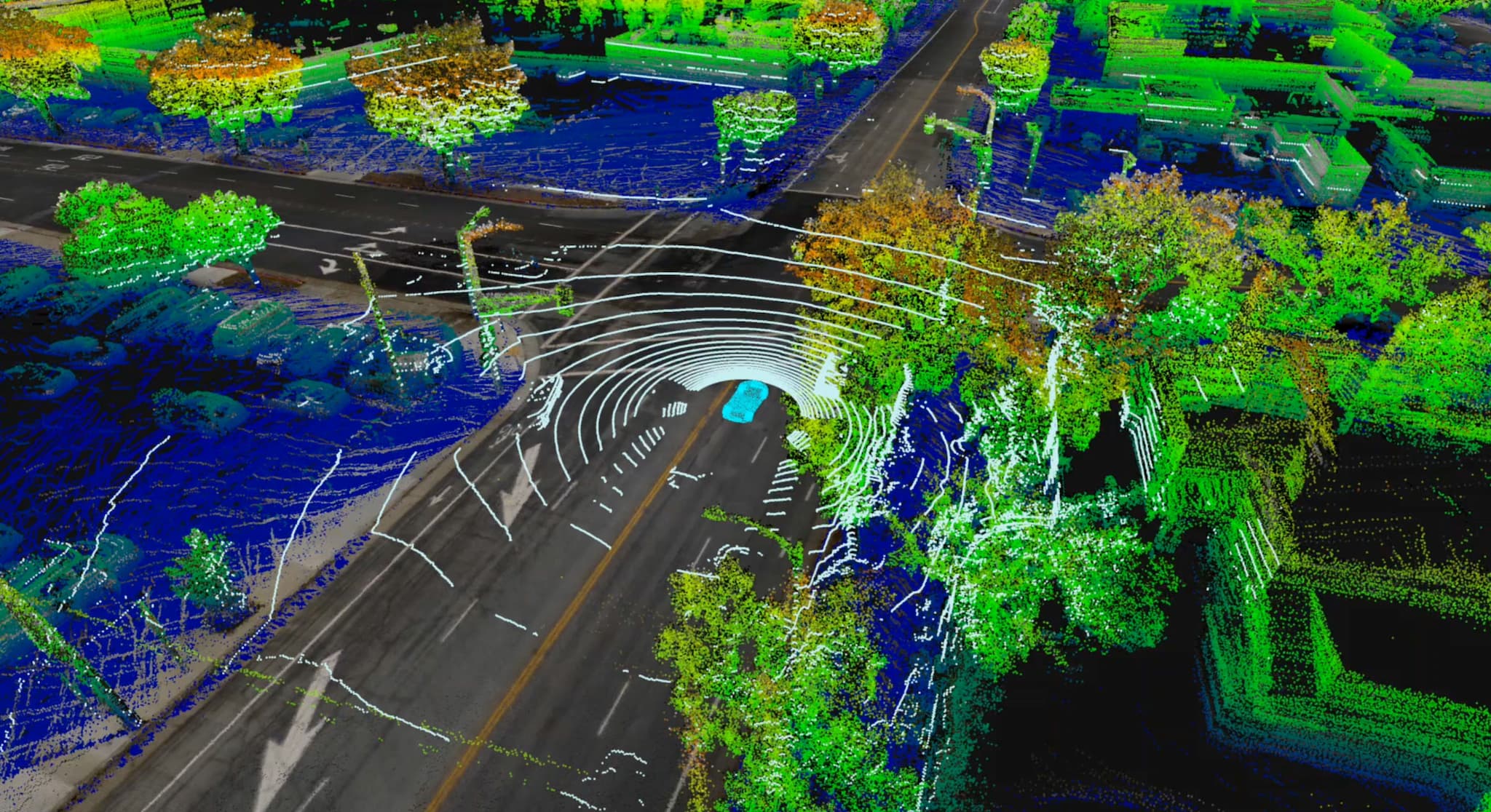Self-driving cars are on the horizon, but the technology requires sophisticated maps to ensure that vehicles can navigate the roads safely. Right now, industry leaders are at work to ensure that Google — currently ahead of the pack with its Google Maps service — doesn't snatch the biggest slice of the pie.
The maps that autonomous vehicles will use to navigate the roads need to be much more sophisticated than Google's current offering. A self-driving car needs more information than a human driver or a pedestrian, so various sensors and high-definition cameras are being used to chart the country's highways and byways.
According to Bloomberg, Google is working on a 3D mapping project that would capture the landscape of hazards that a vehicle may face in much greater detail. The project goes way beyond what's currently available via Google Maps, but it's also distinct from the high-definition maps being created by Alphabet subsidiary Waymo.
Maps for self-driving cars will also need to be updated far more frequently. It's crucial that vehicles know about new roads and temporary obstacles like construction projects, so that they're not taken by surprise by an unexpected change. Companies like MapBox – which signed a deal with Tesla last year, as per Electrek – consult user data in order to update their maps.
As self-driving technology continues to evolve, we'll get a better idea of the specific information these vehicles need in order to operate, and the best method of producing the required maps.
However, it's clear that whoever emerges as the go-to supplier of maps for autonomous vehicles stands to make a lot of money. If self-driving cars take off as they're expected to, the automotive industry will be reliant on these maps for the foreseeable future, so competition is set to be fierce.
Share This Article
